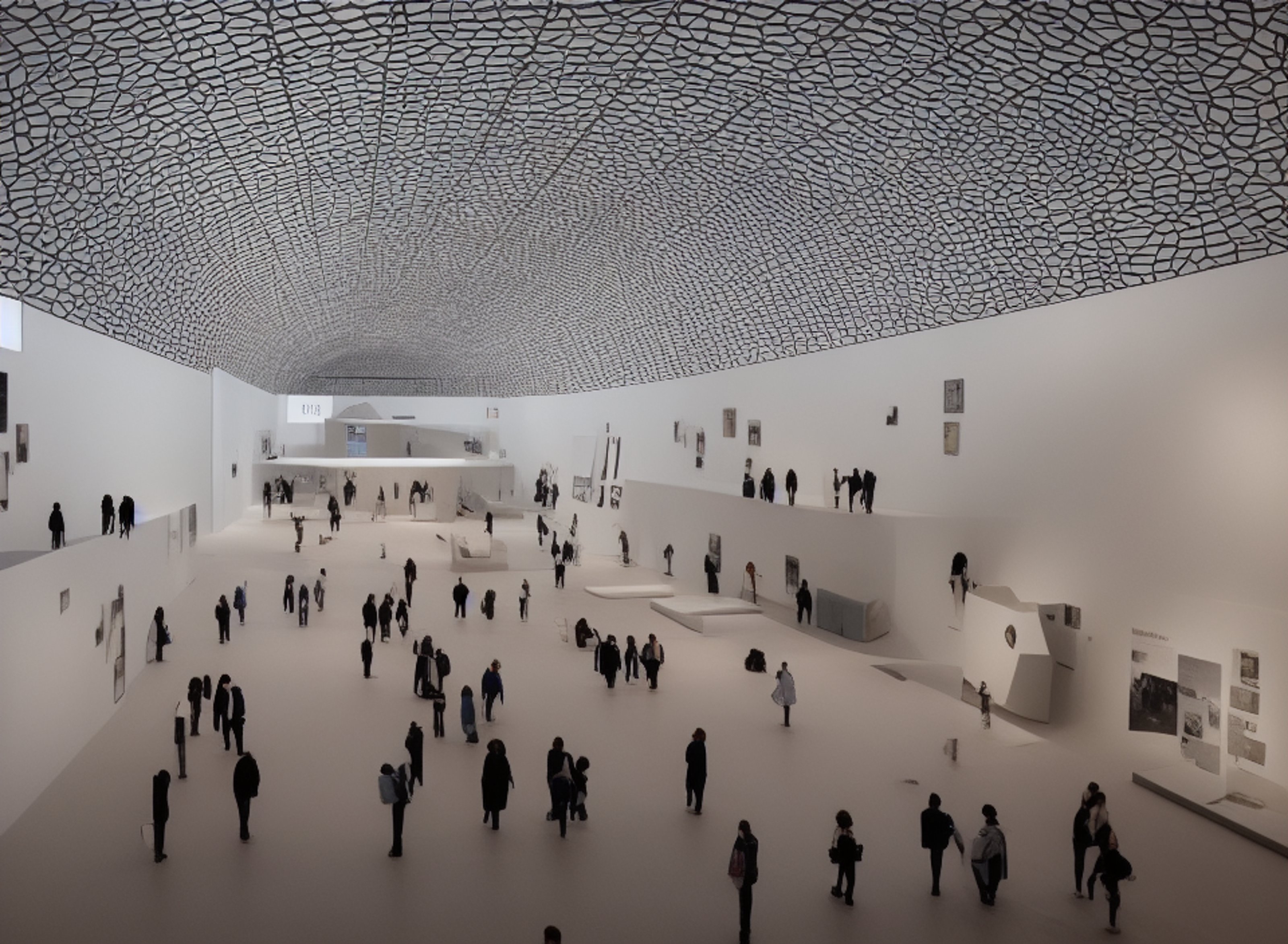ICOM has released a new definition of a museum:
“A museum is a not-for-profit, permanent institution in the service of society that researches, collects, conserves, interprets and exhibits tangible and intangible heritage. Open to the public, accessible and inclusive, museums foster diversity and sustainability. They operate and communicate ethically, professionally and with the participation of communities, offering varied experiences for education, enjoyment, reflection and knowledge sharing.”
After over a decade since the last modification to the definition, the international museum governance and ethics organization has opted for an improved version of the old one. But it doesn’t go far enough. Another question is what they hope to achieve by changing the definition. One of the biggest problems with these moves is that neither a watchdog organization has been set up nor any consequences for not following their recommendations. The new definition may just reveal more classic blind-spots of the art world than create any solutions.

The definition begins with the word “not-for-profit,” a long-established trope in the art world that presumes that a not-for-profit is a guarantee of righteousness rather than of tax-efficiency. If the basic boiled-down idea of a not-for-profit can mean that the museum or institution does not exist to enrich any specific individual, you only need to scratch the surface to see that many private individuals get very enriched by nonprofits.1
Museums always create profits, for somebody, maybe not the institution itself, but certainly for the artists it displays, their galleries, and their collectors. It’s incredibly difficult for a non-profit museum to abstain from profiting certain individuals since museums are de-facto a value-giving platform which easily converts to monetary and speculative profit. In fact, museums, non-profit or for-profit, engage with an art market that is far from ethical: “Museums exist in close proximity and interaction with an art market that, at its worst, is unregulated, collusive and corrupt. Anyone deeply involved with art museums knows this.”2

The inclusion of “diversity and sustainability” is a welcome new aspect, but doesn’t go very far. In a code written to include many museums that collect archeological and ethnographic objects, the definition shies away from more direct wording for example as reparations or carbon neutrality. Muthoni Thangwa, development manager at the National Museums in Kenya, noted that the term “deaccession” fails to be included in a time when the return of artworks looted by colonists is at an all-time high.3
Permanence also features in the definition. We’re living in a world that is increasingly impermanent in the face of technology and climate change, so “permanent” might be more aspirational than factual. As it stands, the ICOM’s definition looks backwards, not forwards towards the changing roles of institutions in the 21st century.
Overall, policy is usually developed in retrospect from embarrassed institutions that have done something wrong.4 And this is the case with ICOM, the previous definition was so embarrassing that they had to do something about it even if it’s just a little nudge.